
This Month in NASA History: STS-45 Studies Earth
Read More
First flight of ATLAS examined Earth’s complex mesosphere and solar science.

First flight of ATLAS examined Earth’s complex mesosphere and solar science.
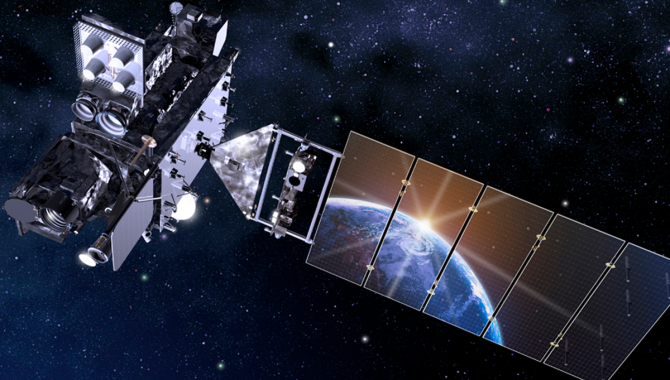
Latest weather satellite will improve forecast models, wildfire tracking.
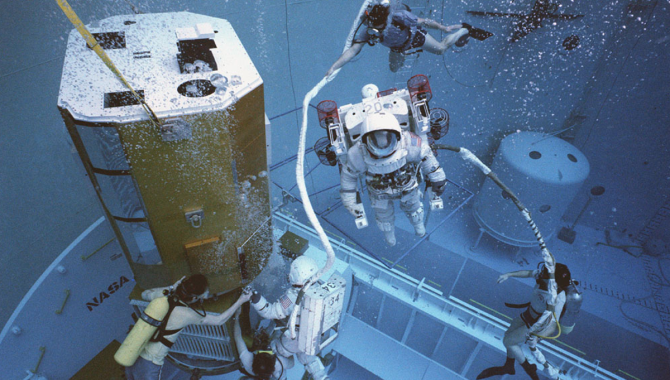
Rescued spacecraft examined sunspots, solar flares and more.
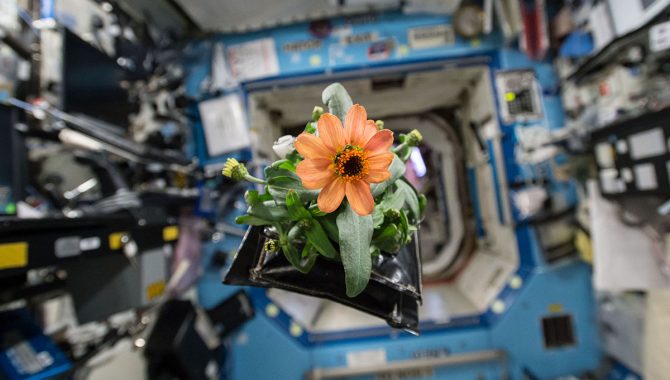
Deep Space Food Challenge enters Phase 2 with demonstration projects.
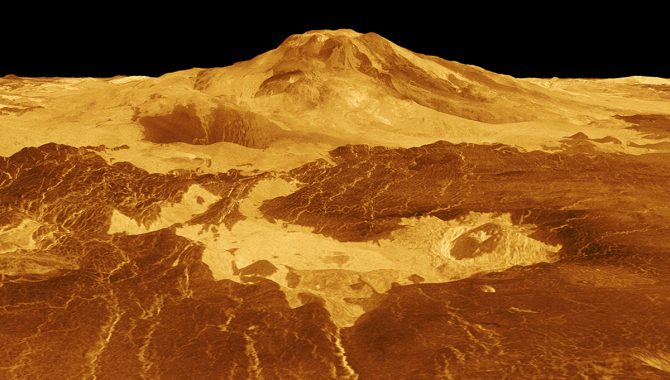
The closest planet to Earth has proven elusive to understand.

NASA’s Long Duration Exposure Facility reveals hazards of Low Earth Orbit.
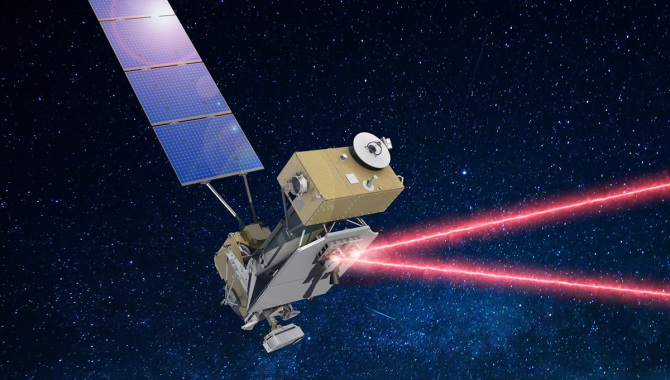
Bidirectional system offers significant increase in data transfer rates.
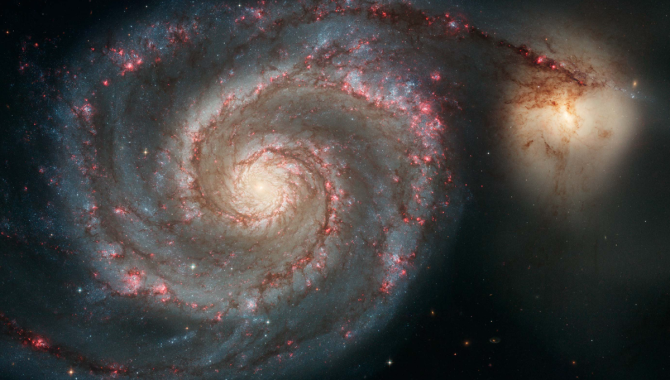
Astronomers will use Webb to continue the long search for early galaxies.